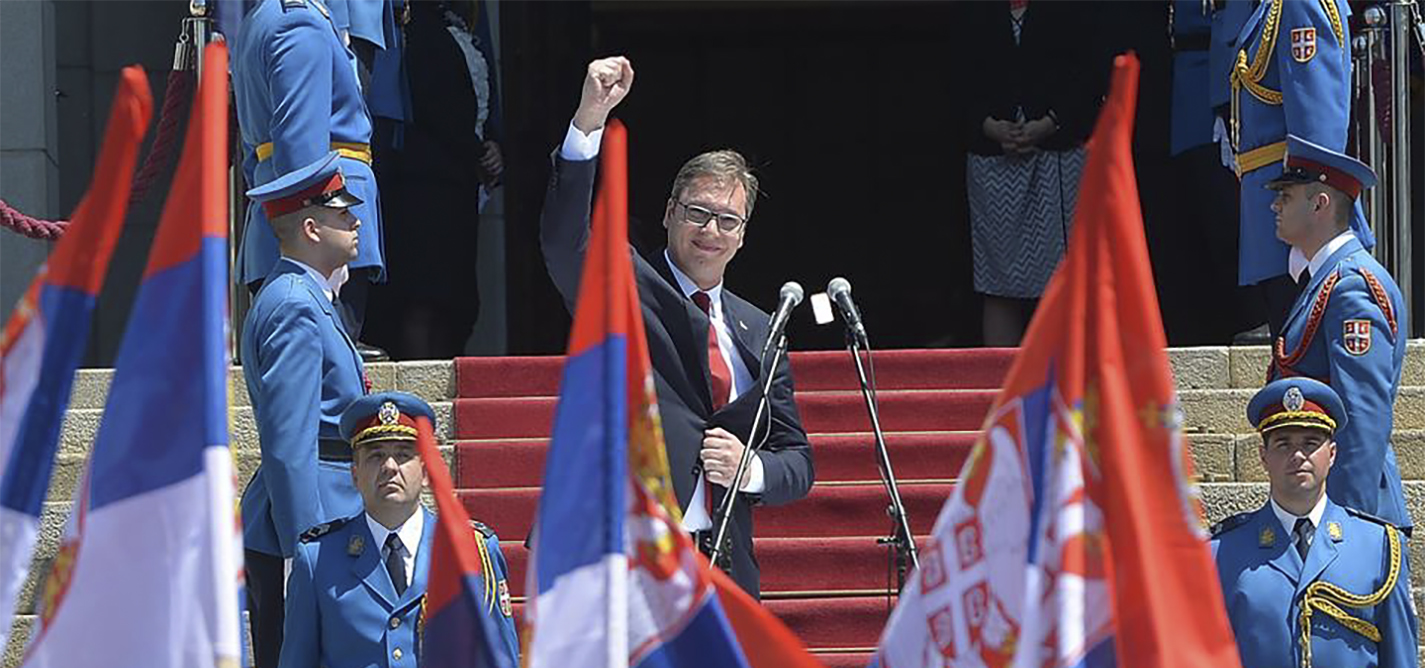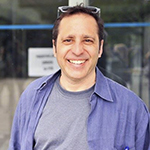
Vucic’s second inauguration shows off the new face of power in the region
The man who has everything he wants, except…
|2017.06.28
|
The emphasis in press coverage was on the attendance of the ceremony by regional leaders, who praised the stability and longevity of Vučić's grasp on power.
The satirical website Njuz.net distilled the event to its essence, running a piece promising two more inaugurations for Vučić, who had received “one of the 10 most beautiful inaugurations in Europe.”

Eric Gordy
Eric Gordy is professor of political and cultural sociology at the School of Slavonic and East European Studies, University College London.
DISCLAIMERThe views of the writer do not necessarily reflect the views of Kosovo 2.0.
This story was originally written in Serbian.